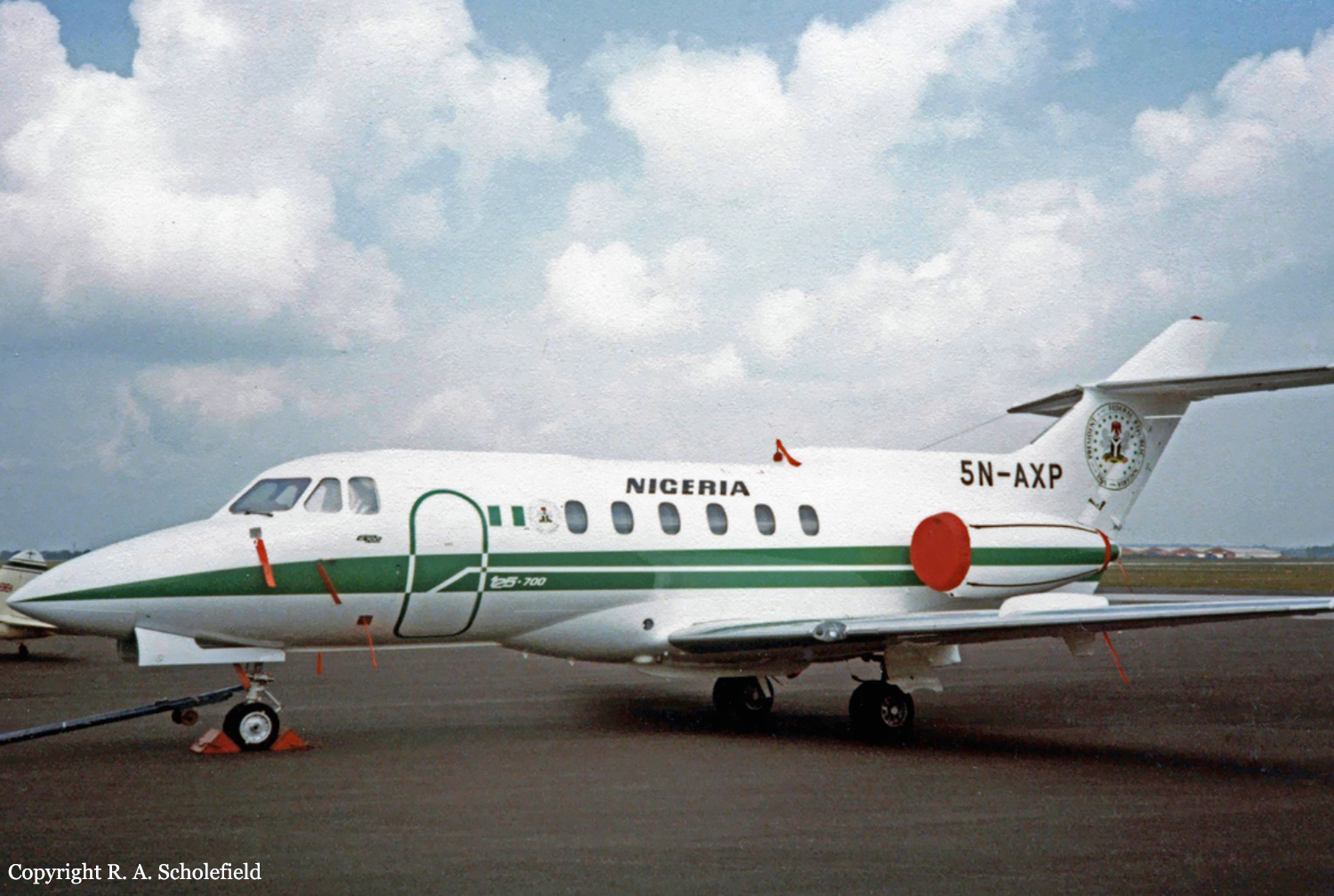Crash of a De Havilland DHC-6 Twin Otter 300 in Abuja: 3 killed
Date & Time:
Sep 13, 1994 at 1155 LT
Registration:
5N-ATQ
Survivors:
Yes
Schedule:
Lagos - Abuja
MSN:
538
YOM:
1977
Crew on board:
2
Crew fatalities:
Pax on board:
3
Pax fatalities:
Other fatalities:
Total fatalities:
3
Circumstances:
While descending to Abuja-Nnamdi Azikiwe Airport, the crew encountered poor weather conditions with low clouds, heavy rain falls and moderate to severe turbulences. As the ILS was out of calibration, the crew decided to perform a VOR/DME approach but following a misunderstanding of the VOR location, the crew started the final approach prematurely. Too low, the aircraft struck the slope of a mountain located 12,2 km short of runway 22. Two people survived while three others were killed.
Probable cause:
Wrong approach configuration on part of the crew who initiated the descent prematurely, causing the aircraft to descend too low too early. Poor weather conditions were considered as contributing factors.



